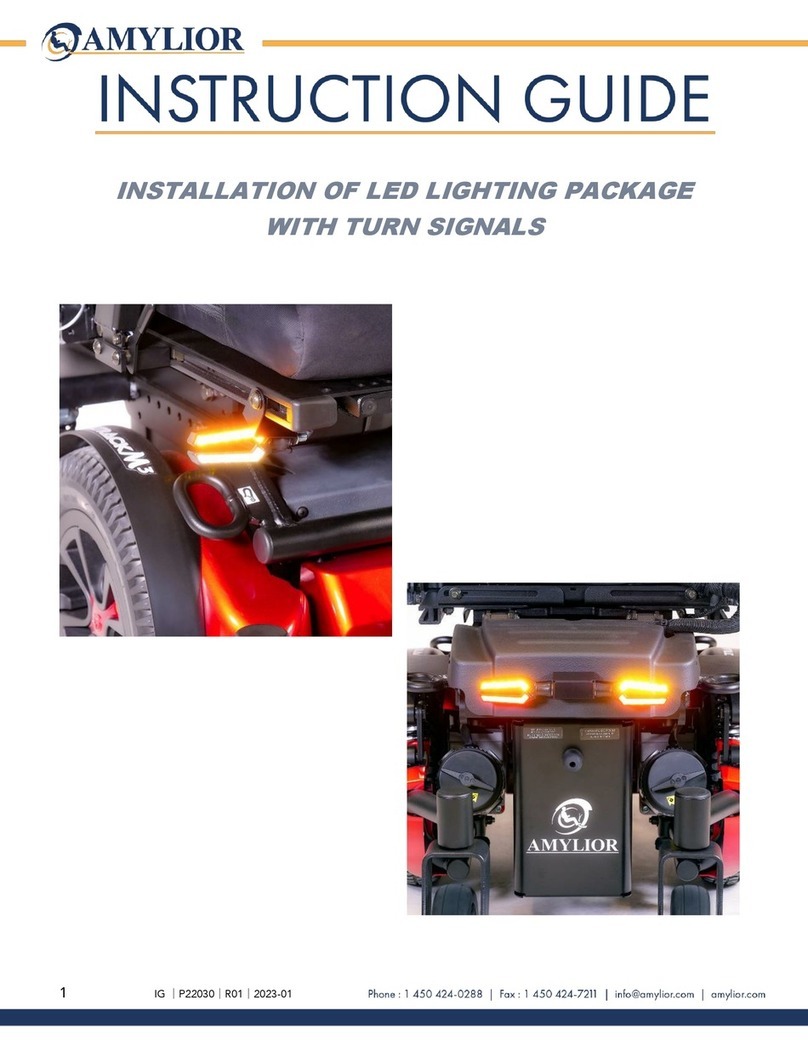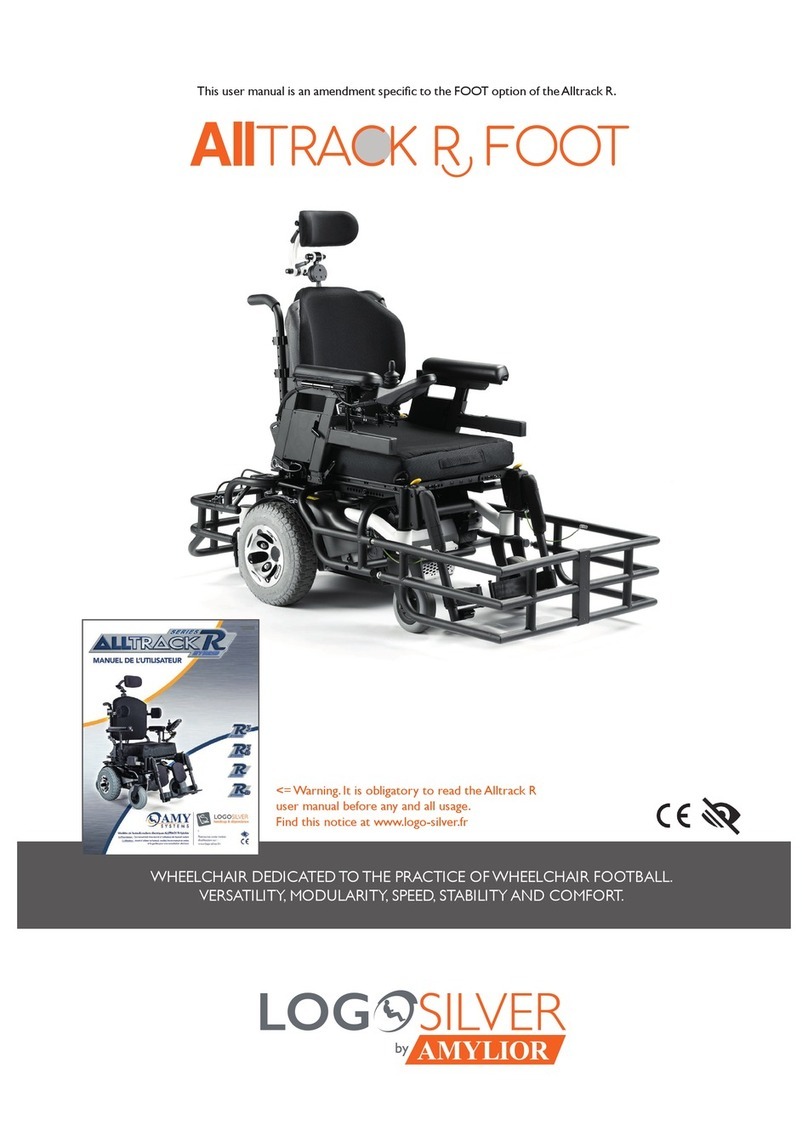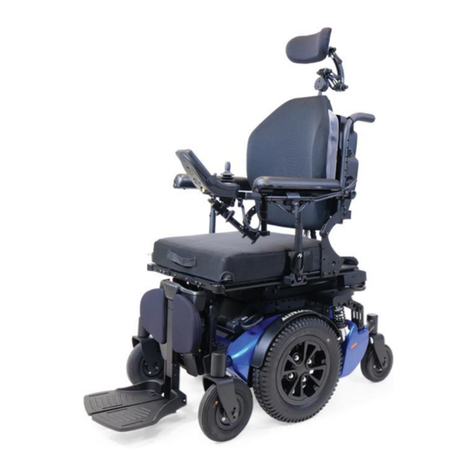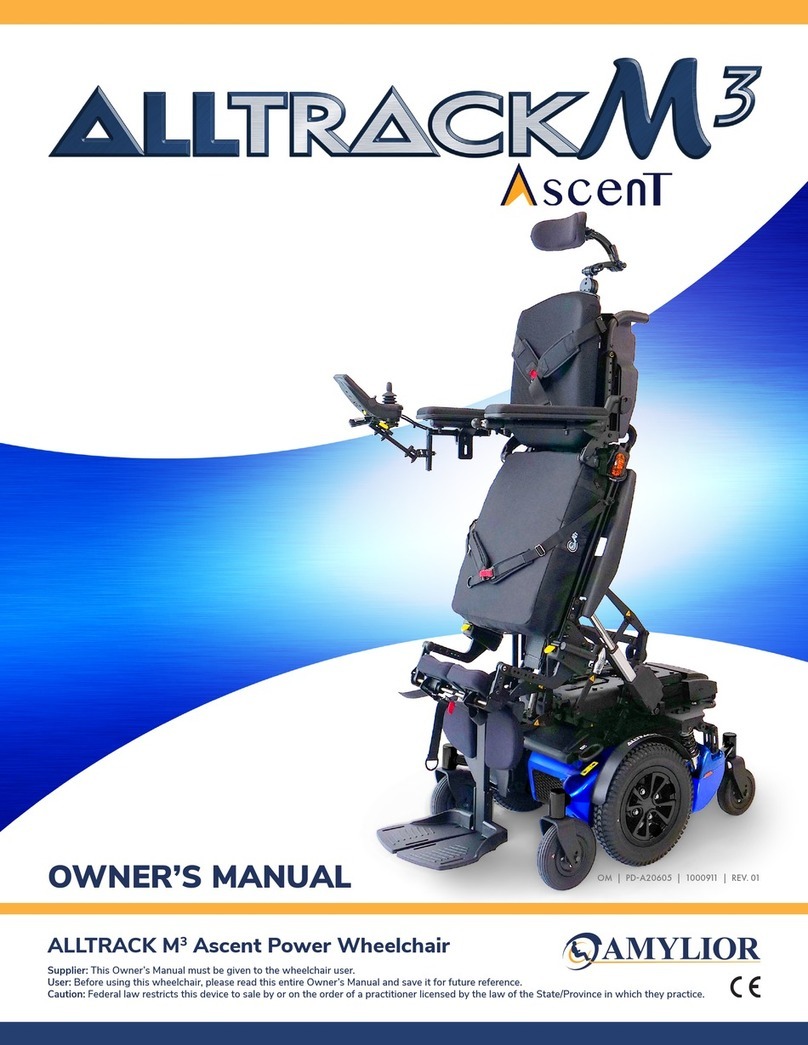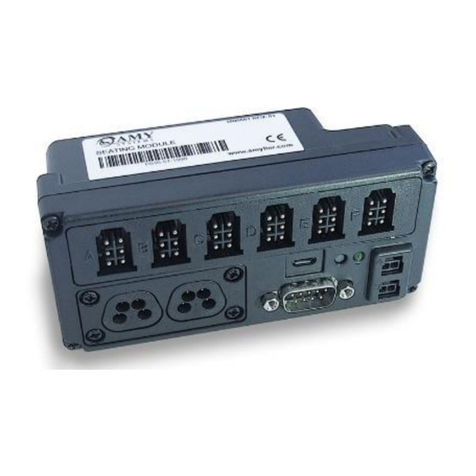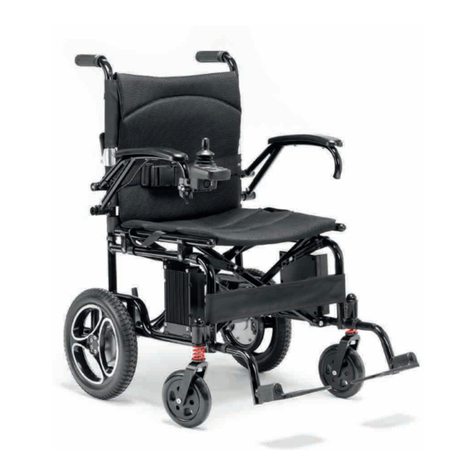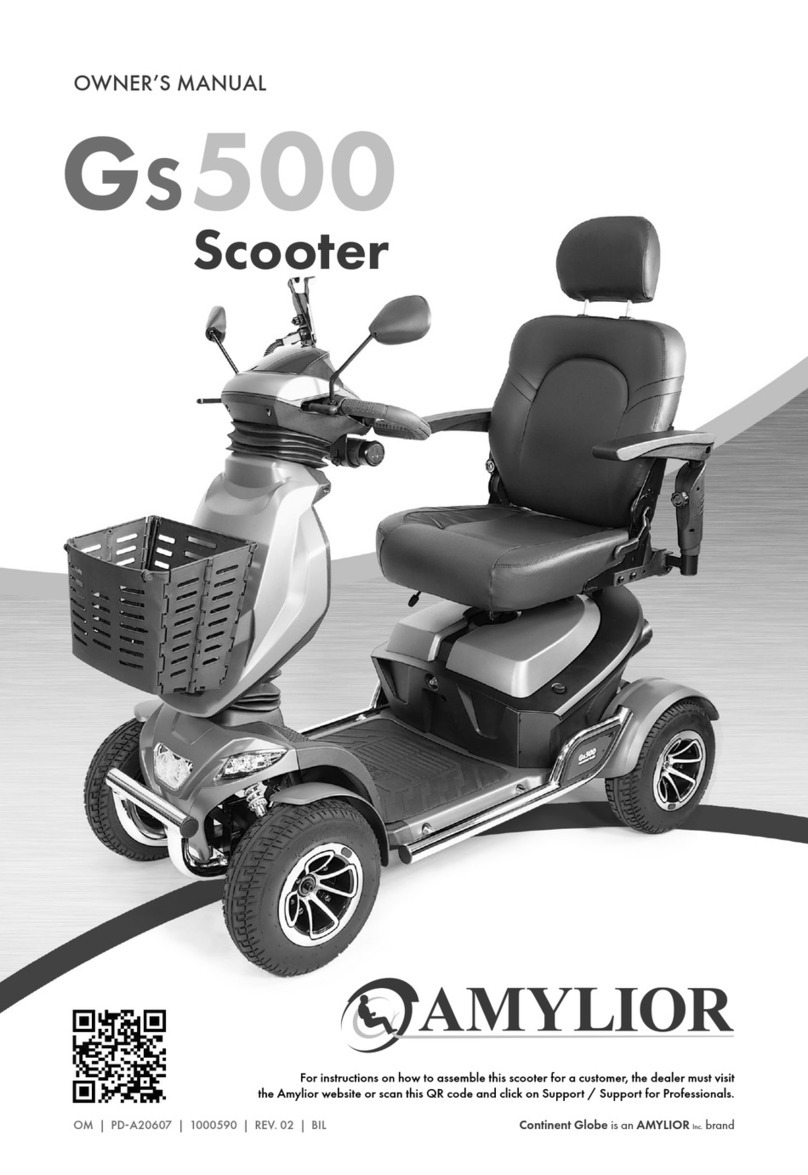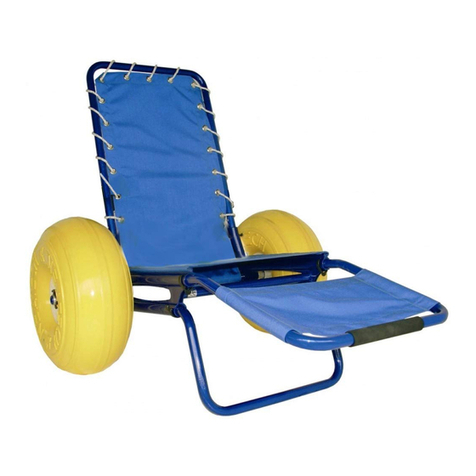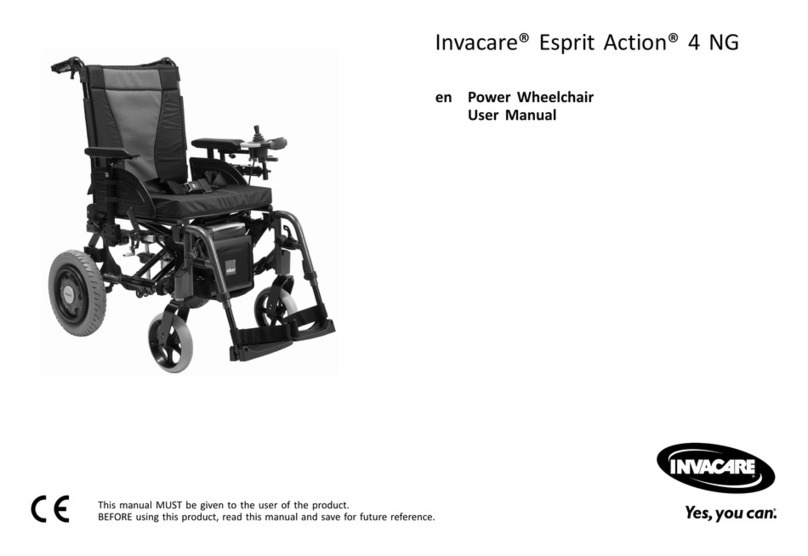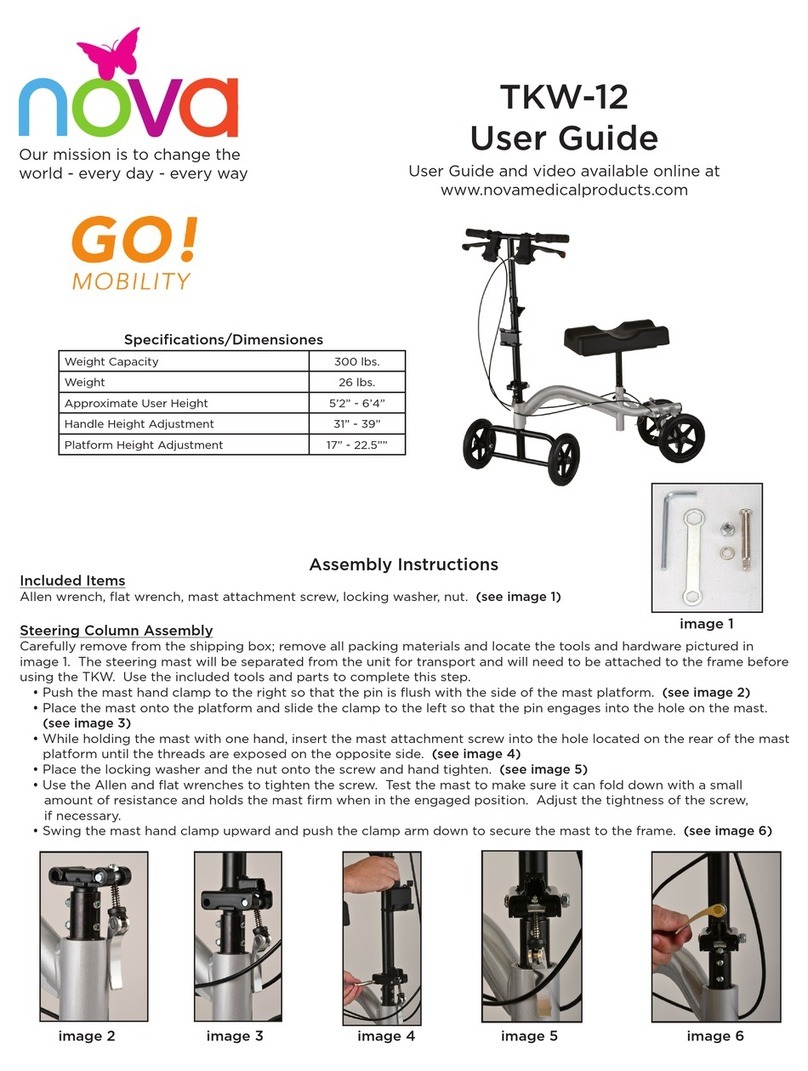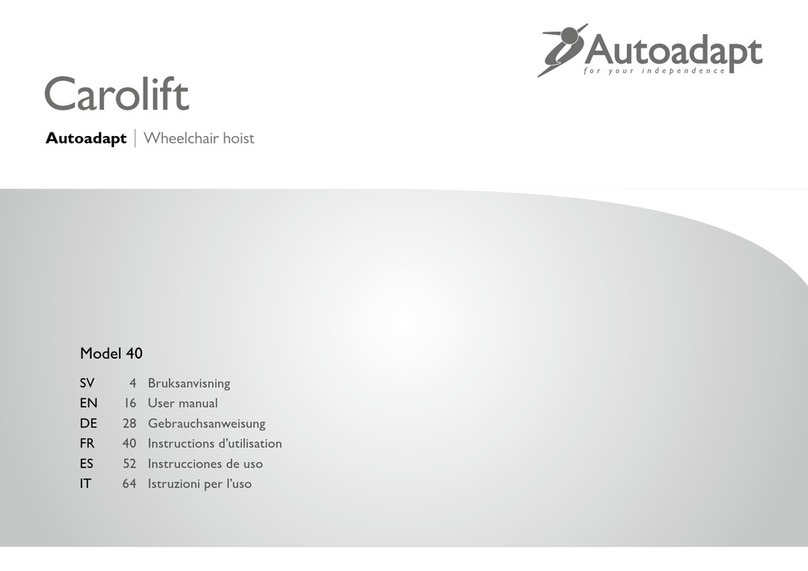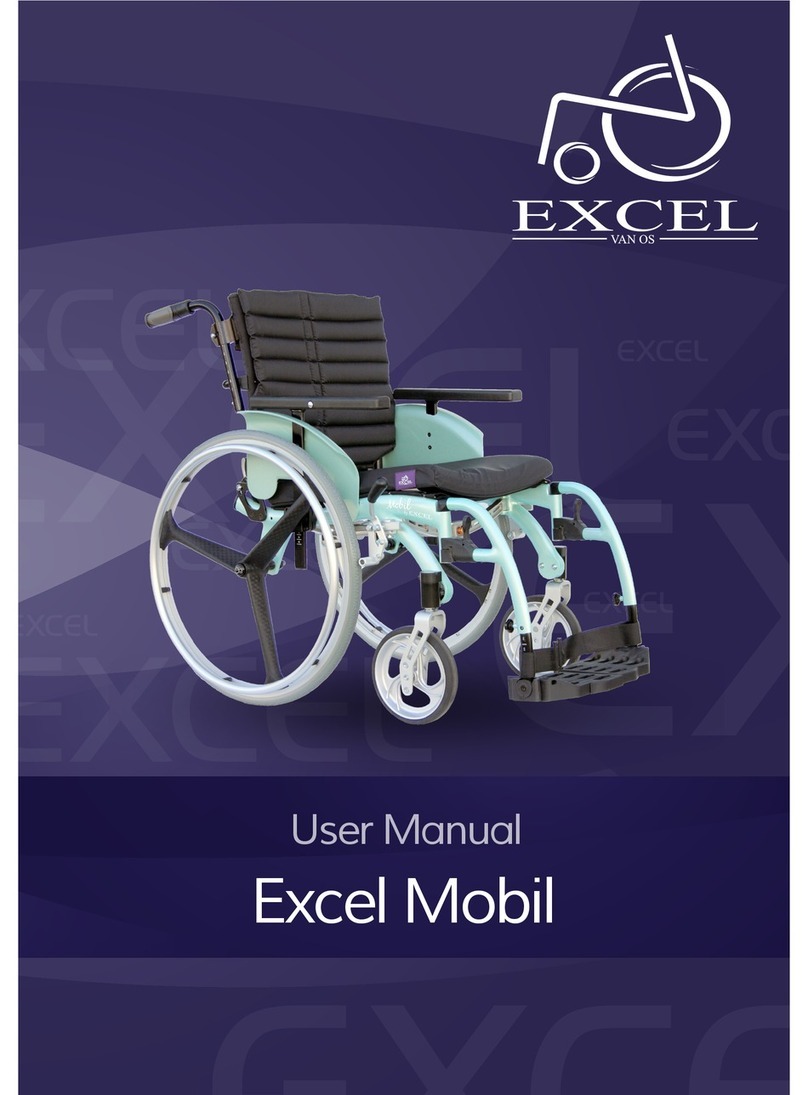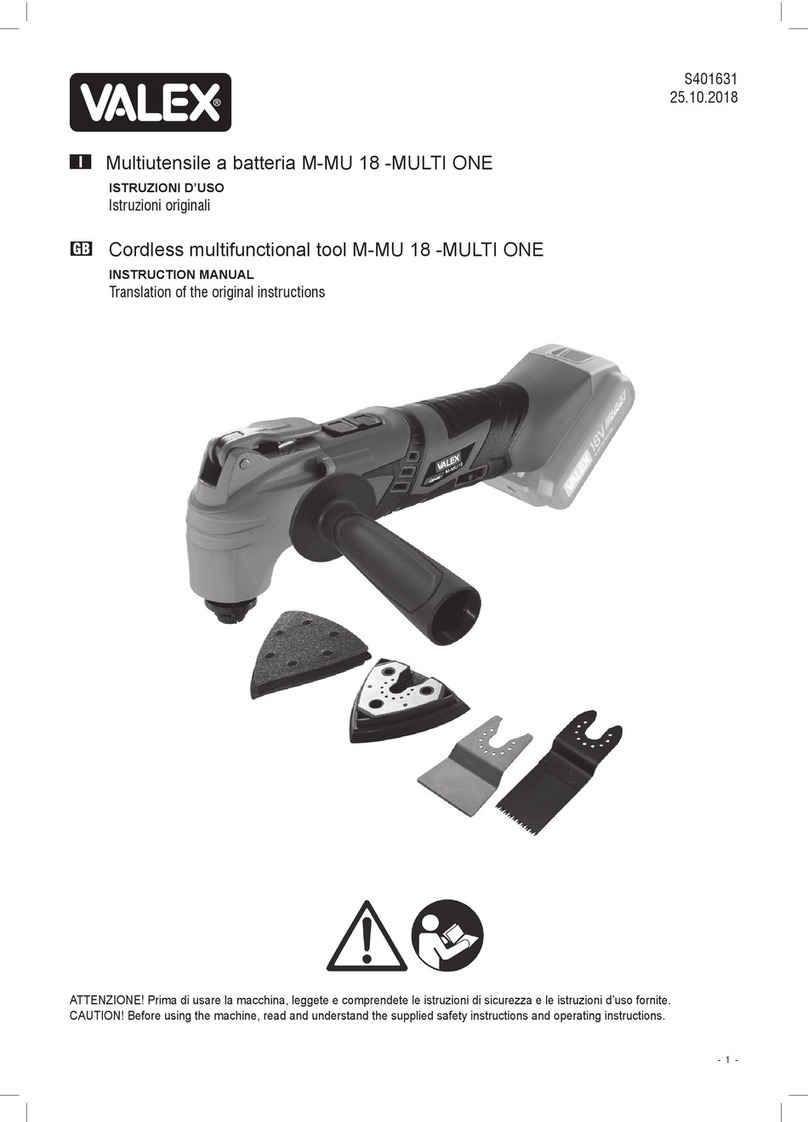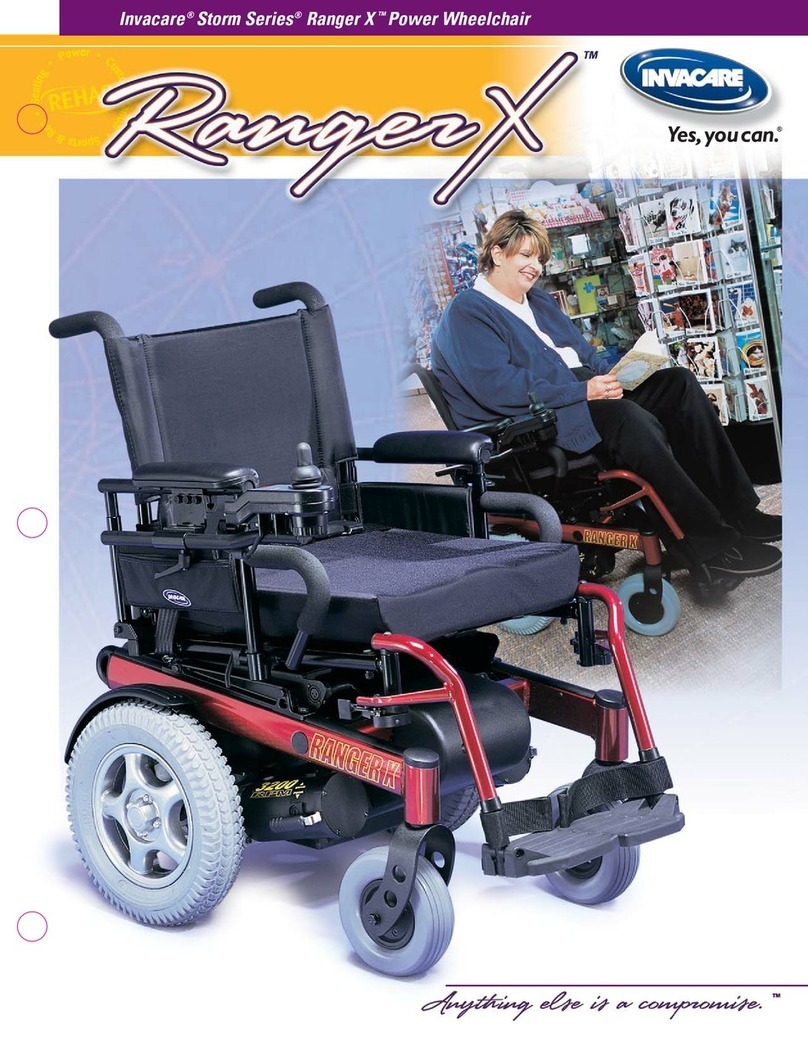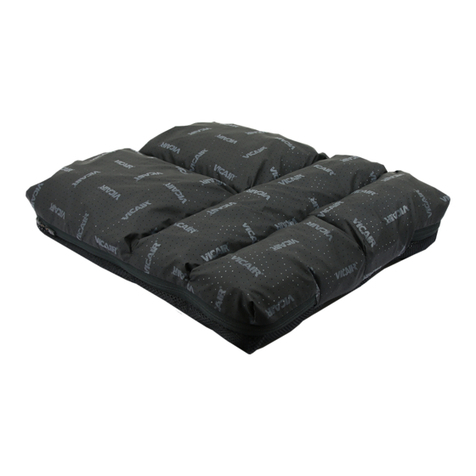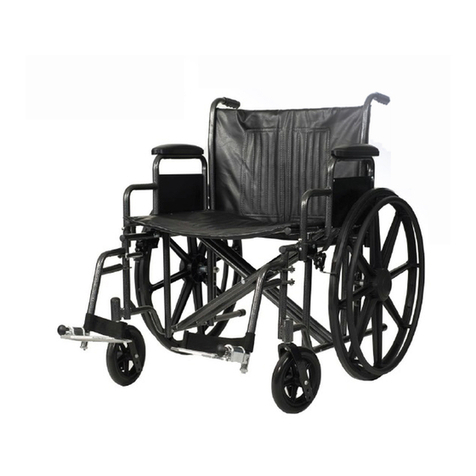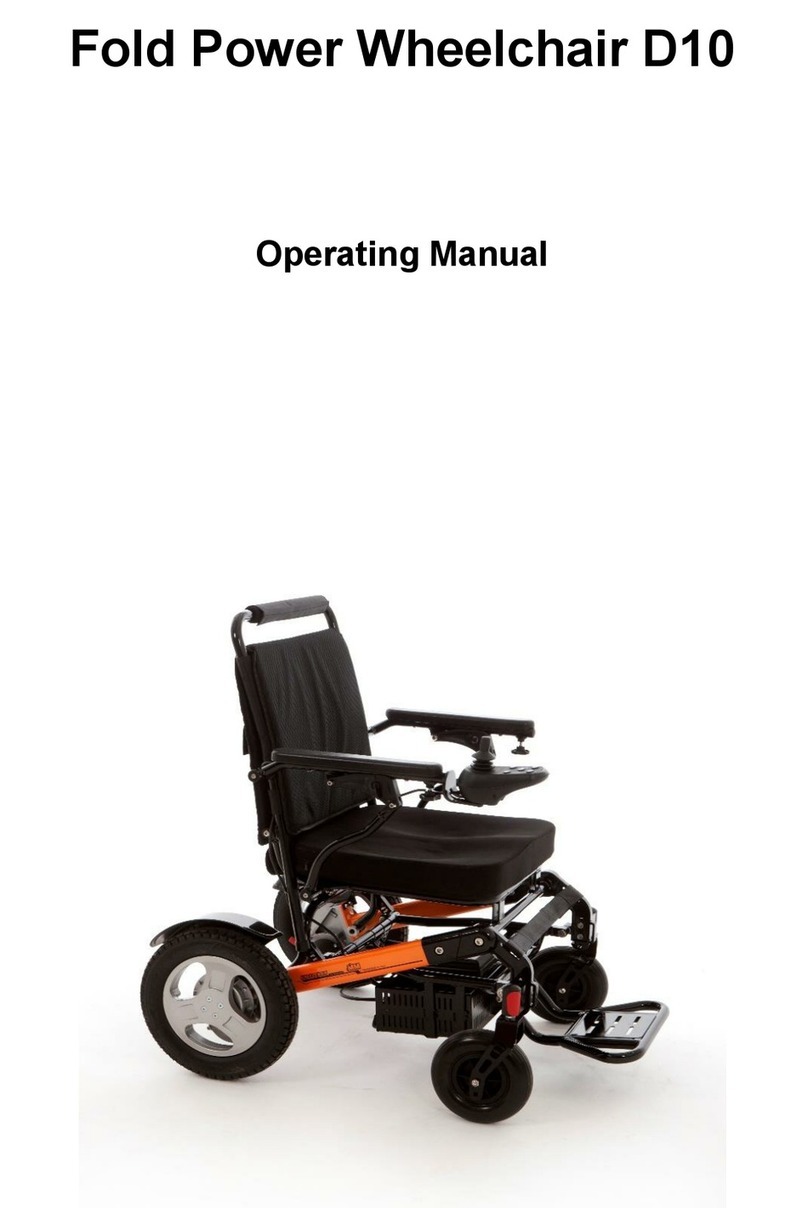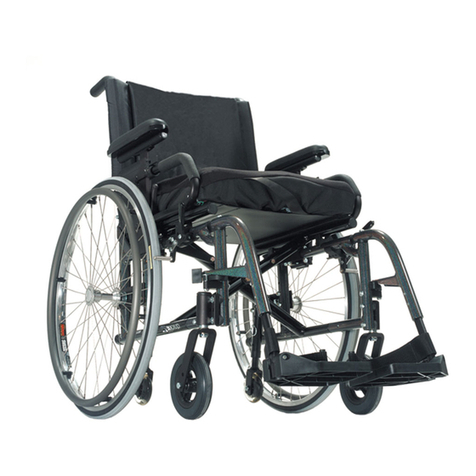
P·2
CONTENTS
I. INTRODUCTION........................................................................................................... 4
II. SAFETY INSTRUCTIONS.............................................................................................. 5
2.1. ELECTRO-MAGNETIC COMPATIBILITY............................................................... 6
2.2. SAFETY ADVICE FOR MOVING AROUND ON THE WHEELS ...................... 7
2.2.1. AVOIDING RISK OF TIPPING .................................................................................. 7
2.2.2. AVOIDING COLLISIONS .......................................................................................... 8
2.2.3. AVOIDING BREAKING DOWN IN DIFFICULT CONDITIONS.................... 8
2.3. SAFETY ADVICE FOR NAVIGATING STEPS ........................................................ 8
2.3.1. AVOIDING RISK OF TIPPING .................................................................................. 8
2.3.2. AVOIDING RISK OF SLIPPING ................................................................................ 8
2.3.3. USING ‘AUTOMATIC STAIRS’ MODE.................................................................... 9
III. DESCRIPTION OF THE TOPCHAIR-S....................................................................... 10
3.1. TECHNICAL CHARACTERISTICS.......................................................................... 11
3.2. ELECTRIC/ELECTRONIC SYSTEM.......................................................................... 12
3.2.1. ELECTRONIC SYSTEM PROTECTION.................................................................. 12
3.2.2. FUSE................................................................................................................................. 12
3.2.3. BATTERIES ..................................................................................................................... 12
3.2.4. CHARGING THE BATTERIES ................................................................................... 13
3.3. CONTROLS AND OPERATION.............................................................................. 14
3.3.1. JOYSTICK OPERATIONS........................................................................................... 15
A. MANOEUVEUR CONTROLS .............................................................................. 16
B. SPEEDS........................................................................................................................ 16
C. HORN ........................................................................................................................ 16
D. CHARGE LIGHT...................................................................................................... 16
E. SPECIAL FUNCTIONS ........................................................................................... 16
F. JOYSTICK WITH LIGHTING KIT OPTION ...................................................... 17
3.3.2. OPERATION OF THE LCD AUXILIARY BOX...................................................... 17
A. MODES OF USE....................................................................................................... 18
B. ON-SCREEN NAVIGATION FUNCTION........................................................ 18
C. ‘ROAD’ MODE ......................................................................................................... 19
D.‘AUTOMATIC STAIRS’ MODE.............................................................................. 20

